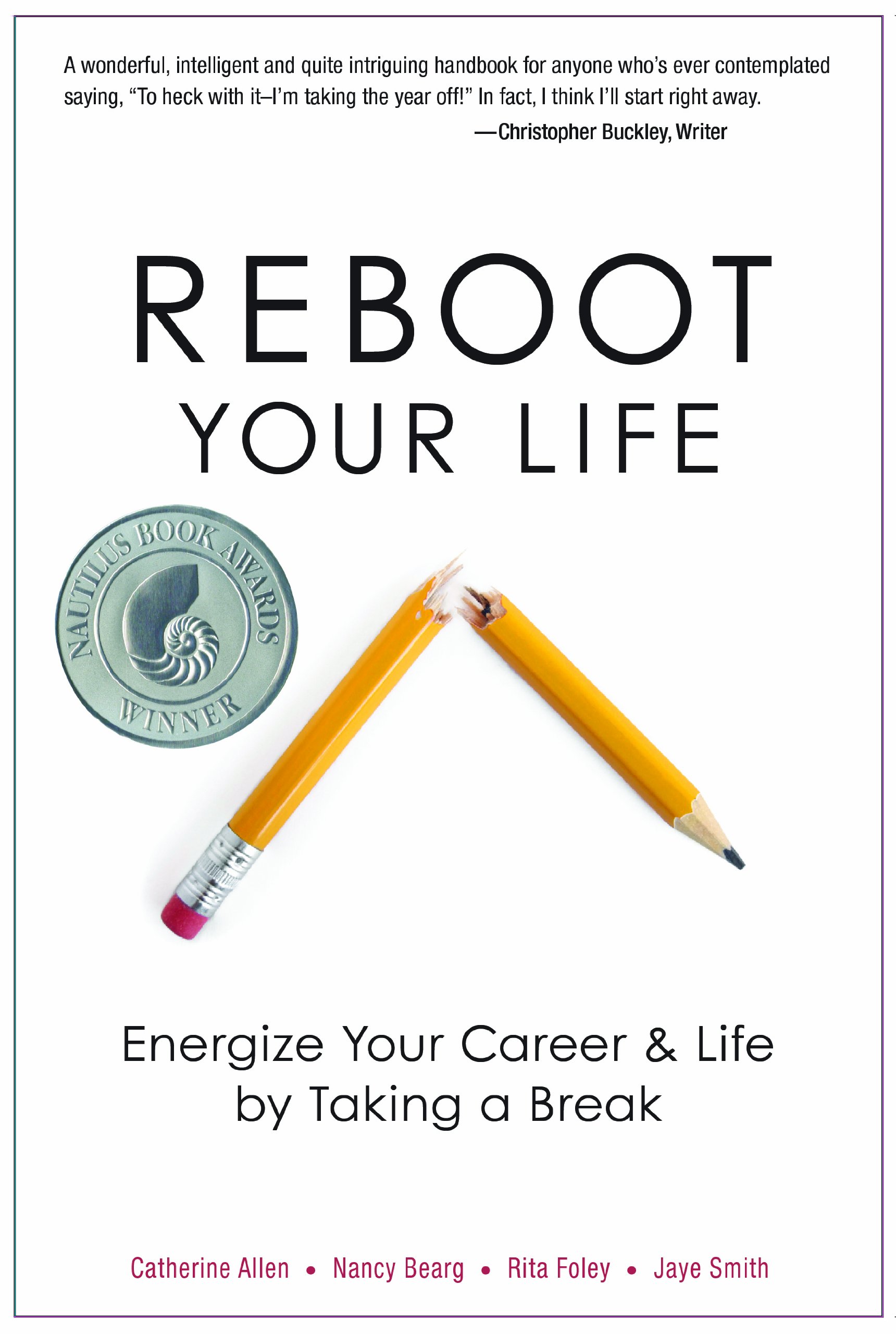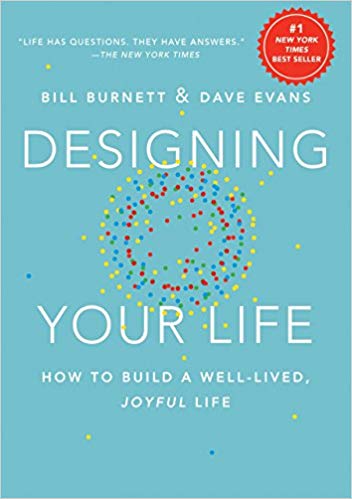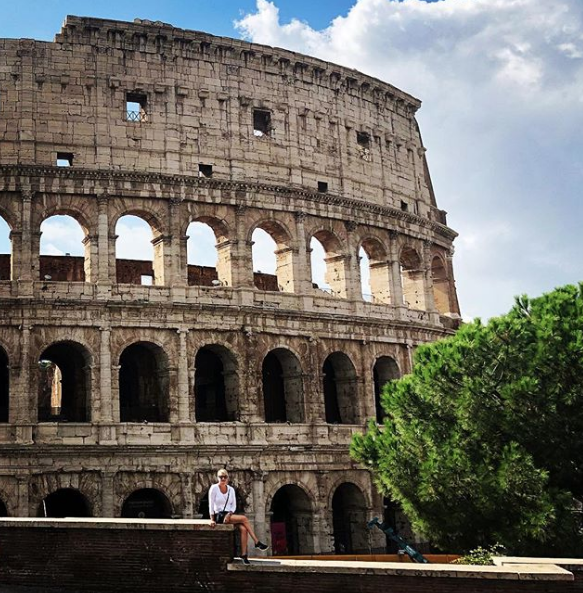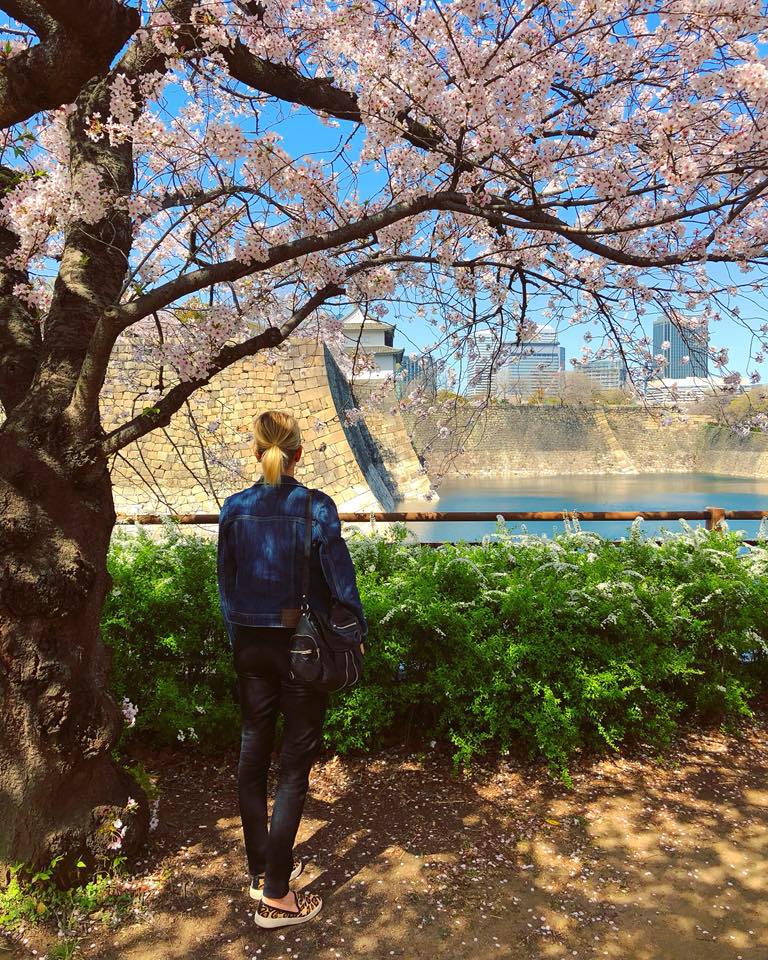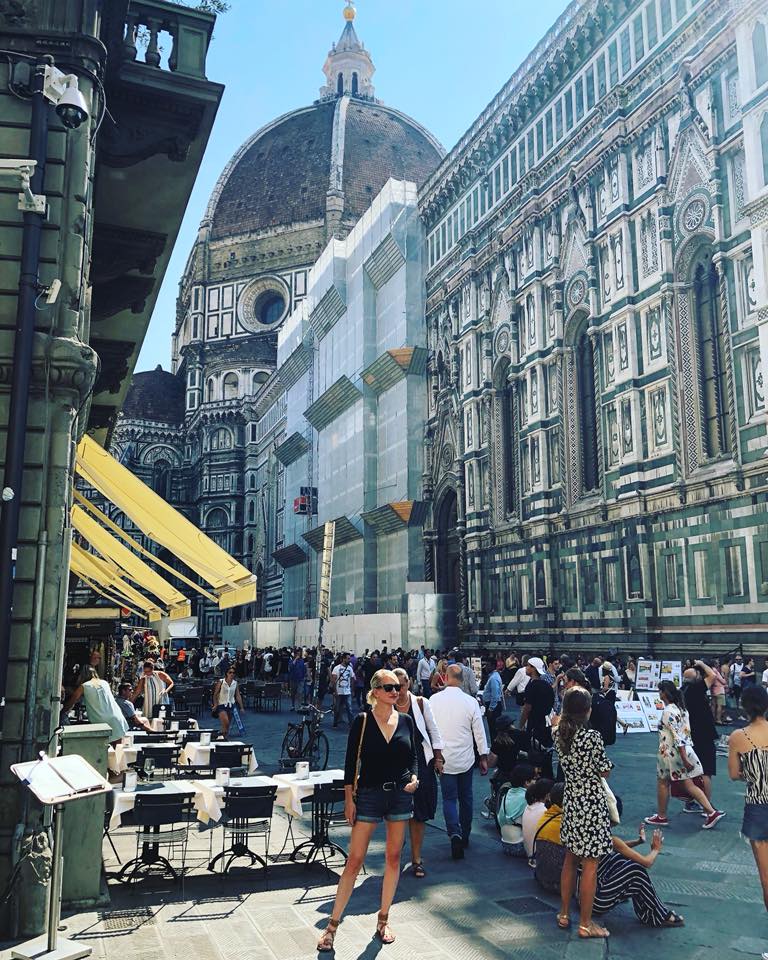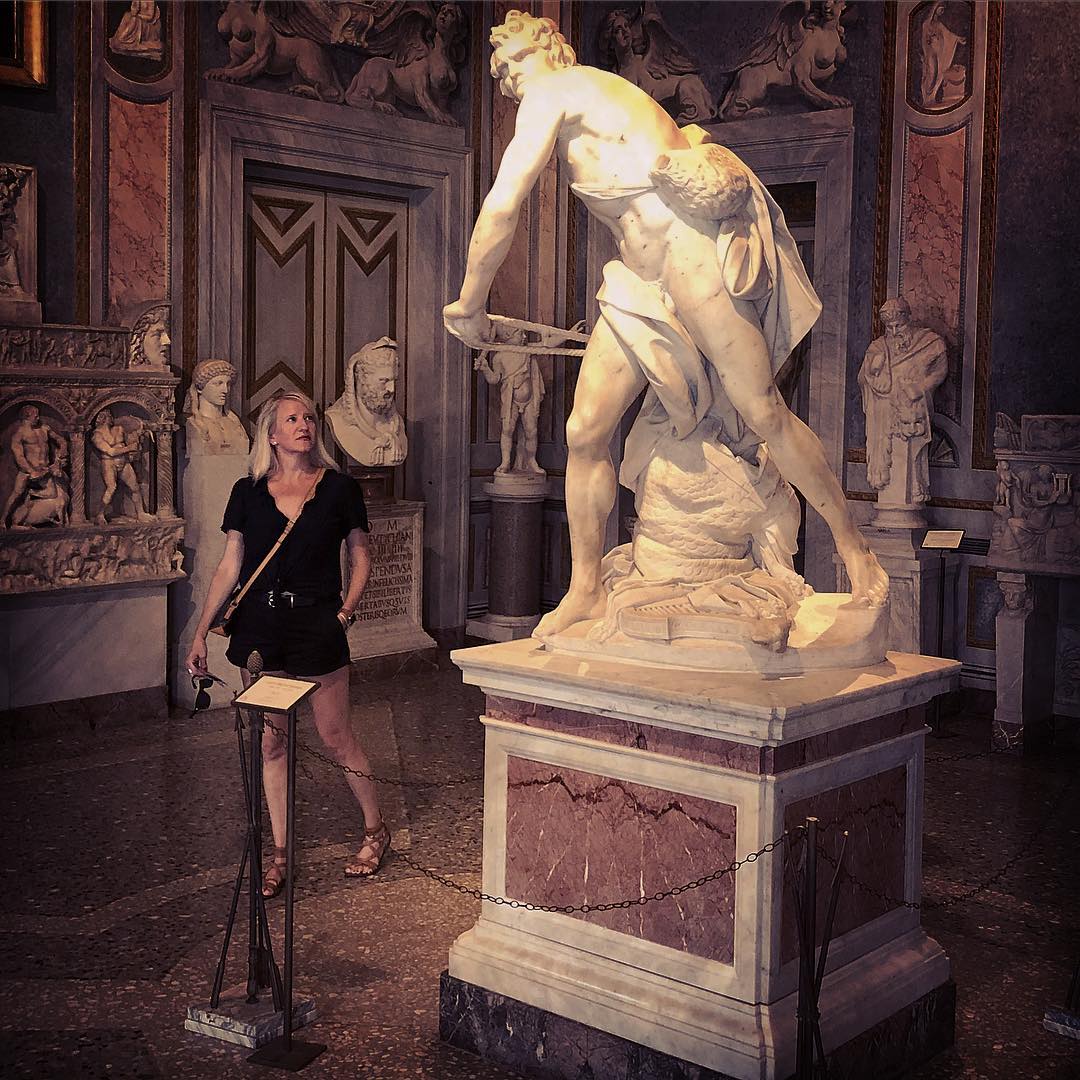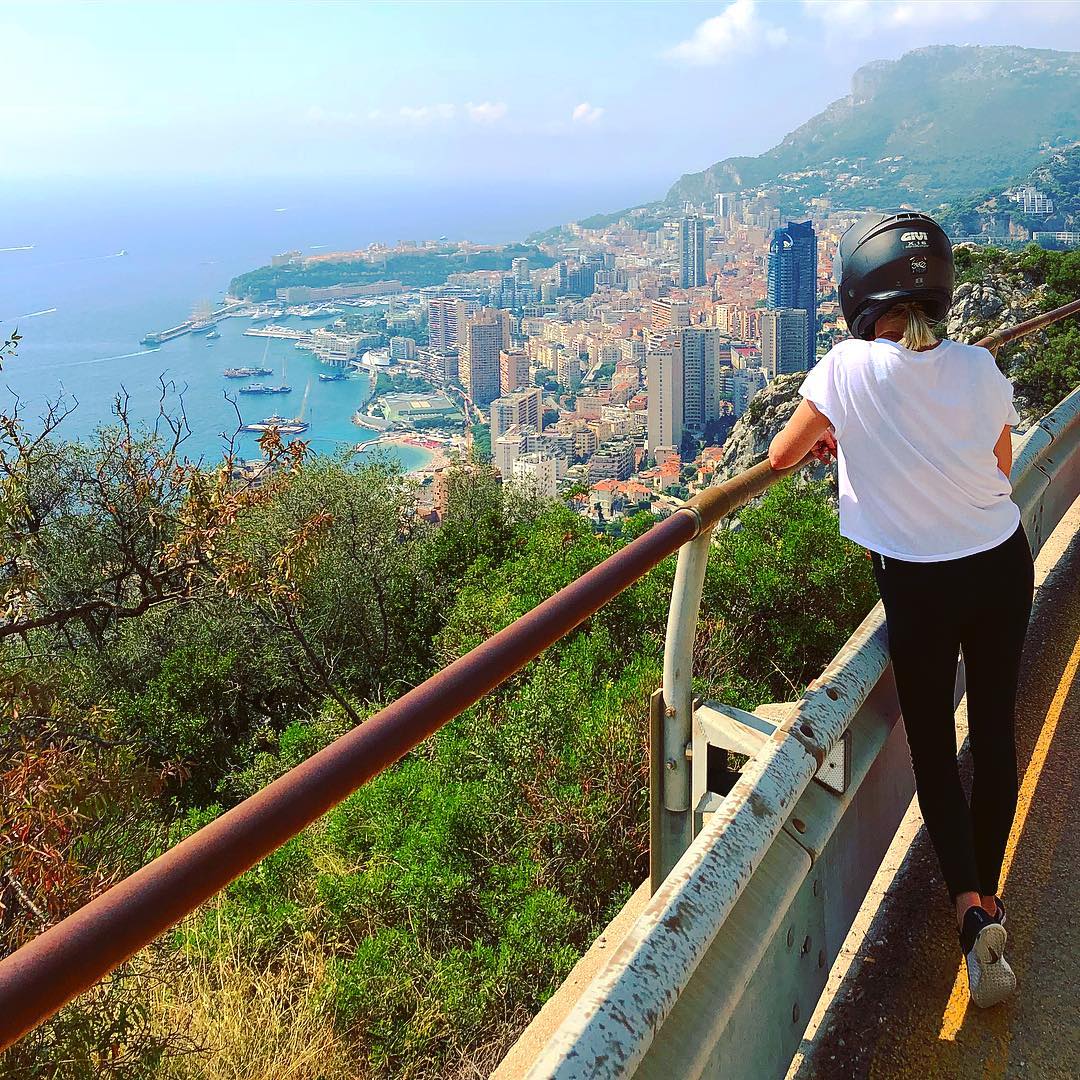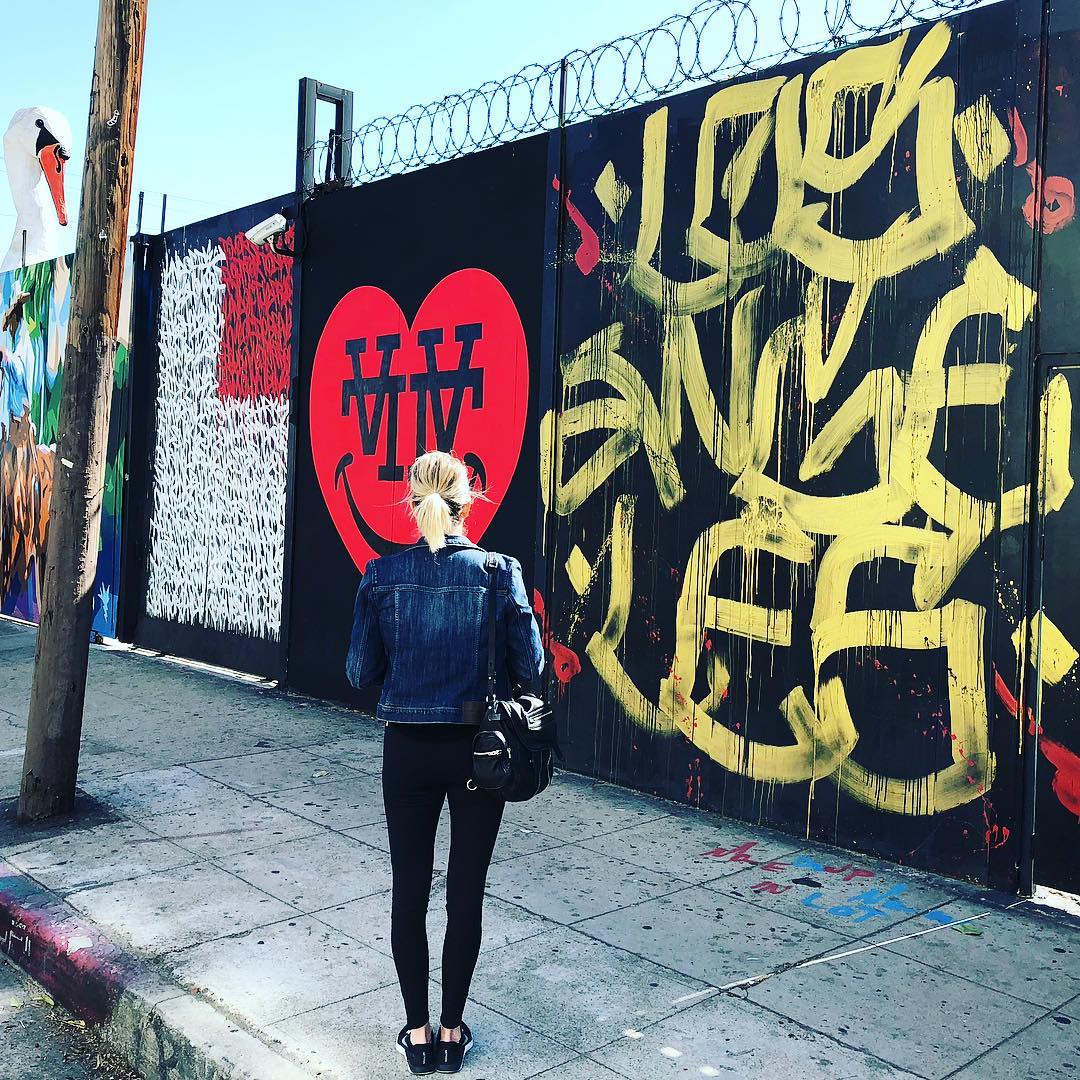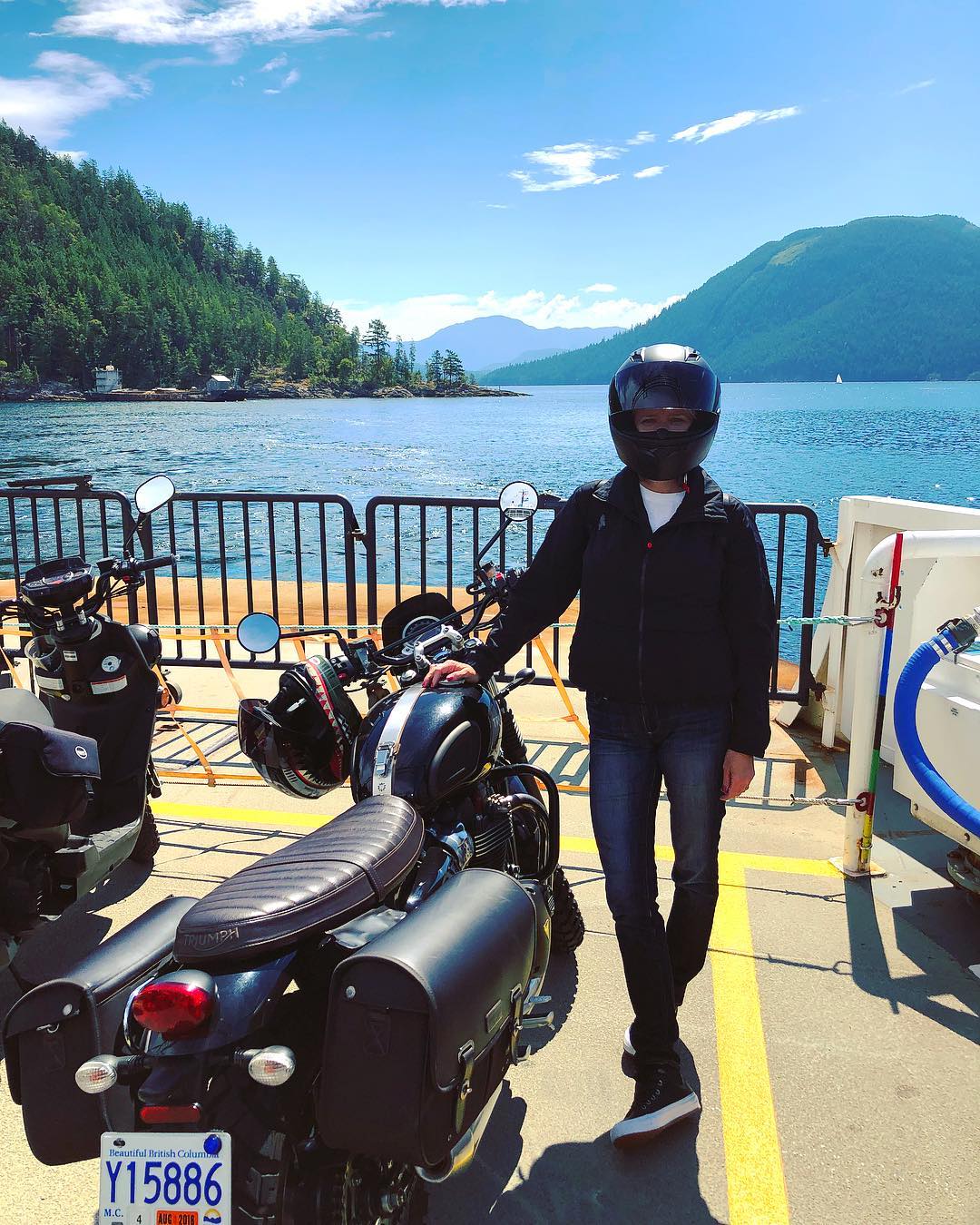One year ago, I began my first formal sabbatical as part of my faculty appointment at Kwantlen Polytechnic University. Taking leave to pursue research and other projects is a tradition well established within academia, but also dates back as a practice to biblical times, signalling a break from work (sabbatical from the Greek work sabbatikos —a “ceasing”). To be sure, the very concept flies in the face of our fast-paced and profit driven world, and I too had approached the application with some trepidation as I was happy with the hard-won rhythm established in my teaching and work life. Still, with a book project in press and my co-editor just coming off her own sabbatical to pass the baton to me, it was necessary to take the plunge and set out on a four season odyssey that ended up being one of the most profound and transformative years of my life.
Now however exaggerated or overblown that may sound, upon reflection I have come to realize that the most important lessons of my year’s leave are ones that will continue to guide me as I transition back to my normal (and now hopefully more balanced) life. Having the privilege of standing back and gaining a new perspective on how I choose to live day to day was not something I wanted to take for granted. In fact, my biggest fear was not utilizing this gift of time and space wisely. But as I wound down the twelve months, the take-away lessons crystalized, and I have assembled them here as a list of ten, in hopes that some of them may be of use to others who are either getting ready to take the sabbatical plunge or simply looking to find more balance in their lives. Part One continues below, and I will post Part Two later in the week.
PLAN FOR YOUR TIME
In the months leading up to my official leave date, I began looking for resources to help plan for my sabbatical. Speaking with those who had embarked on one or more leaves already, it became clear that almost everyone approached the sabbatical differently, and often without much guidance. Three books that were incredibly helpful early on in my hunt were Reboot Your Life: Energize Your Career and Life By Taking A Break and Designing Your Life. Both texts lay out a blueprint for brainstorming and assessing how to identify and prioritize the way you want to spend large amounts of unstructured time. And while the books only touch on academic sabbaticals in passing, they do land on the idea of being realistic about what can be accomplished, and learning to think about your leave in terms of short-term and long-term goals. The book that I found most impactful with respect to time management for academic researchers was Cal Newport’s Deep Work: Rules For Focused Success In A Distracted World. I returned to this text several times over the past year, and recommend Newport’s many tips and suggestions for blocking out intensive periods of work, followed by time for fun and reflection. As I blogged earlier this year about the book, Newport distinguishes his approach by discussing strategies that are not only geared to finding the time to accomplish goals and build routine and structure into one's life, but also focused on helping harness the mental state of deep focus, concentration, and flow, that drives creativity and productivity.
2. CREATE A ROUTINE
This little productivity planner was essential to tracking how I was using my day-to-day time and reflecting on the big picture of my weekly routines. Together with Google Calendar (on all of my devices), I was set for the year.
Building structure and predictability into your day is much easier than it sounds. When you have a regular job, deadlines, and obligations to others that are absolutely non-negotiable, the structure and routine emerge out of necessity. At the other extreme, staring at a blank calendar for twelve months is incredibly daunting, and the only thing I can compare it to is the final years of my Ph.D. when it was left entirely up to me to produce a book-length dissertation. After many weeks of reveling in the freedom of unsupervised time, I realized that I would have to build in a system of time management to accomplish the big goals I was expected to achieve. A similar situation quickly emerged with the sabbatical. I had submitted a proposal promising several items— a co-edited book collection, the placement of new publications, research for travel, conferences, and new projects, and planning for new courses and a textbook. Any one of these items could send me down a rabbit hole in terms of time, and so I decided to divide out my twelve months into smaller chunks of time comprising weeks and then days where I would focus only on one of the above projects. At the end of each week and each month, I would assess what I had accomplished and how well my expectations were being met. Often, I would under or overestimate the time I was using and adjust accordingly. At the level of weekdays, I ended up scheduling 4-5 hours daily on uninterrupted and undistracted work (Deep Work helped me achieve this), and made sure to build a routine that included time for breaks, reflection, downtime, and of course, the time to do the things I could not possibly accomplish in a regular year at work. Using Google Calendar, Evernote, and the Productivity Planner, I also learned to honour my schedule and start and stop my scheduled tasks however immersed I was (more on the importance of this later in PART TWO of the post) or however much I wanted to procrastinate (more on this too later).
3. SCHEDULE IN BUCKET LIST PROJECTS/GOALS
For most people, the special significance of the sabbatical is the freedom to do an entire range of things that you normally would not have the time, space, or means to achieve. These are all of those bucket list projects and goals that you always say you would do “if I had the time.” For me, travel is at the very top of that list, and I spent many weeks ahead of my leave scheduling trips that would both support my research and allow for extended visits to places I had always wanted to see. In the end, I traveled over my sabbatical to many art cities, including New York, Los Angeles, Hong Kong, Shanghai, Beijing, Tokyo, Rome, Florence, and Barcelona. I also made sure to schedule vacation time both locally and abroad to recharge outside of the fast-paced itineraries of the big city visits. My bucket list also included taking time to draw and make art, and so I scheduled several hours a week to sit with my sketchbook, charcoal, pencils, and other materials, and made sketching a big part of my travels. Another bucket list item was to plan several motorbiking day trips with my husband, and we rented motorbikes abroad to continue exploring the hobby that I hope will have me fully licensed by next year. In the end, committing to your bucket list is a critical part of the sabbatical year. Making a list of hobbies, trips, projects, plans, etc… is something we should always be doing, and I have learned this year that it is vital to schedule time every week so that your bucket list, in whatever small way, can be realized little by little.
4. BE PREPARED FOR THE UNEXPECTED
With all my talk of planning, schedules, and routine, it is critical to remember that all of your preparation can be side-lined with the unexpected. In my case, that unexpected moment came two days into my sabbatical when my husband suffered a bicycle accident that had him laid up at home for four months. Suddenly, all of my plans for solitary work, research, and reflection, were replaced with the duties of nursing and caring for an injured spouse. At first, this was an incredibly difficult situation, but within a few weeks, I learned to embrace the new challenges I was facing and established new routines and goals for my sabbatical. The upside to this was that I learned how to become flexible with my schedule and prioritize what was truly pressing and most important. And while this example is more extreme (and yes, thankfully, my husband is mostly recovered and back to work), the unexpected may arise in the form of other people not meeting deadlines or rescheduling as a result of their own unexpected life events. Planning for and expecting these moments is key, and I have learned to roll with what comes my way, knowing that any tendency for perfectionism has to go out the window if you want to actually achieve your goals. In hindsight we all learn that we can get through and survive the many challenges and setbacks life throws at us. Learning what is and what is not in your control was one of the biggest lessons I learned this year.
5. PLAN FOR YOUR PHYSICAL GOALS
One of the most important goals I set out for the year, above and beyond my professional projects, was the desire for increased energy and physical health to support my busy academic schedule. This came down to one of the toughest decisions I made— scheduling dedicated time every day for exercise, with a goal of building muscle, reducing fat, and finding a healthy weight that I could maintain over the long haul. Since becoming a full time faculty member, the time I used to commit to exercise and sleep were slowly eroded and taken over by time to complete grading, research, and other day-to-day errands that I felt were more important. In hindsight, I realize how short-sighted I had become— not prioritizing my health— and with a recent health scare in my past, I knew that this was one goal I had no excuse not to pursue during my leave. Early into the sabbatical, I returned to my love of weight lifting (a hobby I had enjoyed off and on since my late teens) and running. I also adopted a very sensible calories in, calories out diet that had me eating three meals a day with no snacks at a moderate deficit. Having dabbled in some extreme veganism and other restrictive dieting in the past, I knew that whatever eating plan I chose had to be realistic and, most critically, sustainable when I returned to work. I also made sure to sleep 7-8 hours a night and schedule naps whenever possible. I gave myself a year to achieve the goal of losing forty pounds and cutting my body fat percentage down to the mid-20% range, and I am very happy to report that not only did I meet this goal early (in 10 months, see before and after progress pictures below), but I have gone on to exceed my original plans. Bottom line, I want to emphasize that the best outcome of this fitness journey was the ENERGY that I was able to gain. While the aesthetics of losing weight are fantastic, the ability to feel better in my own skin and feel more in control of my weight and health is one of the best gifts of the past twelve months.
That wraps up PART ONE, I will go on to discuss the final five lessons later this week in PART TWO of my post…..


